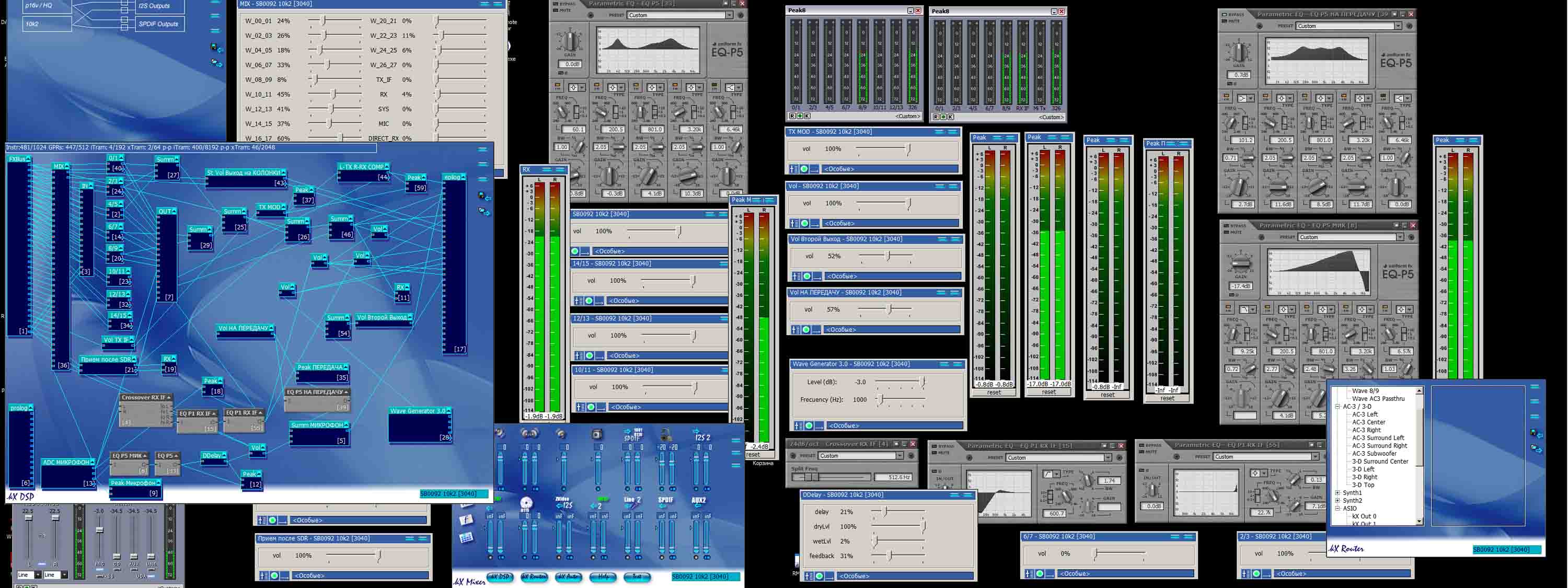Originally posted by TemplarGR
View Post
and try this
https://wiki.archlinux.org/index.php..._/_%3E=0.3.23) The same is written in the PW wiki
to check the log of pipewire for errors - journalctl --user -b -u pipewire-pulse
and to restart pipewire - systemctl restart --user pipewire-pulse pipewire
and you need to run after that - systemctl --user daemon-reload
you should, if you run pw-top in the terminal, see the audio devices and what Application is using them. If not then there is some problem with your install.
Do use pipewire-git since i guess 2 months now on a not that complex setup (Desktop switching between headphones and speakers) and it works fine for me except a problem that there are sometimes popping sounds if pavucontrol is open.


 So congratulations on your TJ11!
So congratulations on your TJ11!
Comment